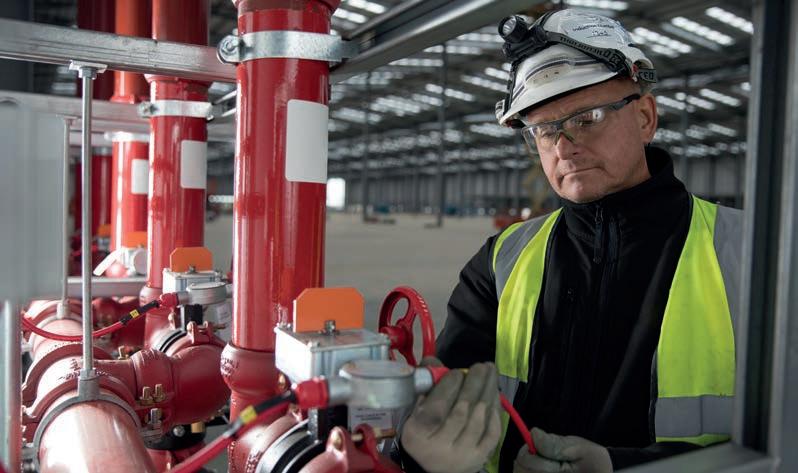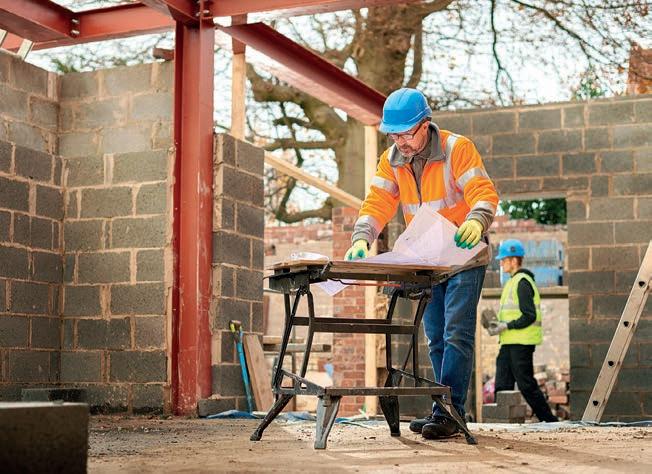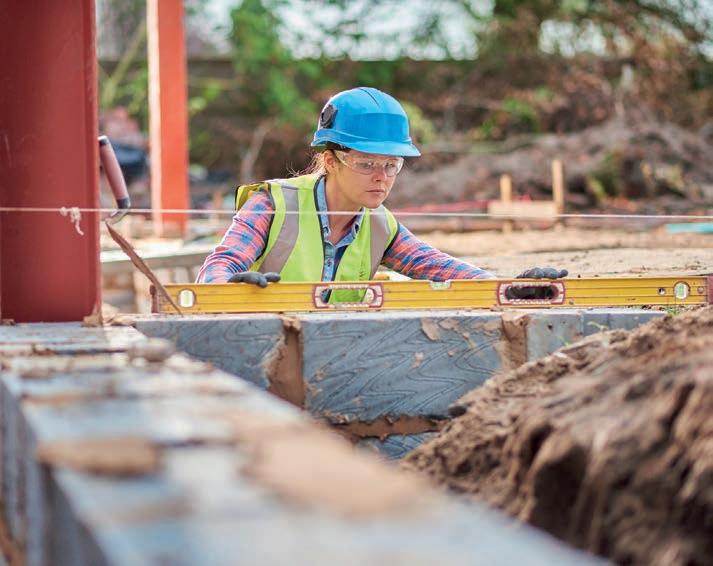INTELLIGENCE
JANUARY 2021
D
BUILDING ENGINEER
22
espite the overwhelming focus on tackling the Coronavirus crisis and its economic impact, one issue has never left the minds of those who are setting the policy for the future of construction regulation and enforcement. For more than three years, fire safety has been an issue of paramount importance with many product manufacturers and building specifiers continuing to develop and promote fire safety initiatives. Saint-Gobain Weber’s renders, decorative finishes and external wall insulation (EWI) products, for example, have been tested, retested and reviewed to assess fire safety. Each variation has been put under scrutiny to understand its suitability for multiple building types and scenarios, not just in isolation but also in combinations and building systems most commonly found in the UK. But what does this tell us really? What do designers need to consider when reviewing the fire safety claims being made by any product manufacturer today? A warning bell about product marketing claims was rung by Dame Judith Hackitt in her 2018 review after the Grenfell Tower tragedy. She pointed out that the system for testing and certifying products for use in construction was “disjointed, confused, unhelpful, and lacks any sort of transparency”. This baton was then picked up by the Marketing Integrity Group of the Construction Products Association (CPA), which published research into the issue of product marketing. Since then the CPA has been developing a new voluntary code of conduct and a marketing trust scheme for building products, including proposals that all stated performance data for products must be referenced
back to a dated test or a specified desktop calculation. Where a test is referenced it must state the test, date passed, under what standard, where it was tested, by whom and how long the test is valid for. Most importantly, it is being proposed that the known limitations of a product must also be stated.
Is A2 classification enough? Most specifiers will be familiar with the British Standard 476 fire test series, which continue to be important. But today’s specifications also demand a good understanding of different testing regimes, including the Euroclass classifications, which range from A1 (best) to F (worst). These gradings rely on products passing stringent European (EN) standards, which are different from BS 476. The EN standard is based on tests for the materials and system’s response to fire, smoke development and droplets while burning. In essence, the Euroclass system focuses on the overall combustibility of materials and contribution to fire load. Ever since additional building regulations guidance was issued in England at the end of 2018, which introduced a ban on the use of combustible materials in the external walls of high-risk residential buildings, there has been a steady presumption that a Euroclass A1 or A2 classification is required for all façade materials. Or, more precisely, a presumption for dwellings over 18m in favour of either A1, which is basically completely non-combustible, or for A2-s1, d0, which describes products that are of limited combustibility and generate very little smoke development and no flaming droplets or particles. This A1 / A2 approach is still considered by many clients and specifiers to design out
Skin deep Lee Lambley, Technical Director at Weber, advises clients, architects, contractors and product specifiers to look more closely now at the fire safety performance claims of renders than they have in the past
22-23 RenderFireSafety_BE Jan 2021_Building Engineer.indd 22
risk and creates confidence that a building will always comply to future building regulations. However, in some cases, this has led to an over-simplification. It’s not enough just to look for an A2 classification, it’s the information that sits behind this grading that matters most. The Euroclass test relates to how a product reacts to fire, but there are also essential BS tests regarding fire resistance that look at integrity and load-bearing capacity, for example. Do you have all the test data, and if so to what standard was
10/12/2020 15:18















